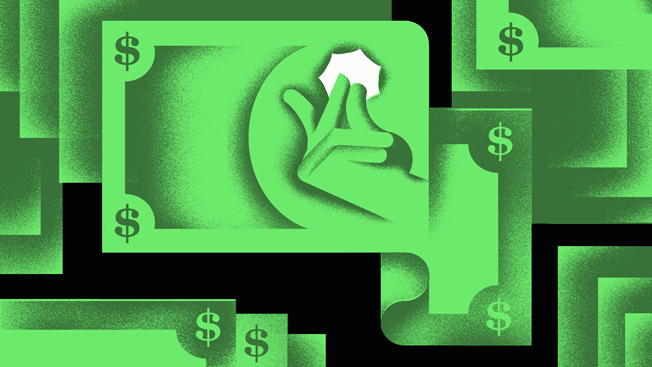A few days ago I walked into my kitchen and interrupted my 2 and a half year-old son, Max, in mid-conversation with our Alexa. She was telling him dad jokes, and he was loving it. Alexa is a voice-activated speaker from Amazon, and the beginning of what could become a fully automated home experience for a mass audience. To Max, she’s a friend.
We are part of an increasingly savvy and discerning audience that sees technology as a tool of convenience. And if you think about it, the level of convenience afforded by a smartphone today is preposterous. Amazon made headlines when it started doing same-day delivery in 16 cities, and Google has already followed suit in San Francisco and Los Angeles. Meanwhile, Instacart makes them look like snails by delivering groceries in under an hour.
Once sub one-hour delivery becomes status quo for online shopping, these companies will need to find new ways to maintain interest and inspire loyalty. That’s because the more we rely on technology, the higher our expectations become. And these high expectations present new challenges for marketers, as well as new opportunities.
It’s not enough for a brand to sell products and services anymore. Consumers are increasingly demanding and impatient, but they’re also open to engaging with brands. That’s why marketers have to think about customer relationships one interaction at a time.
Here are a few ways to master—and evolve with—the convenience economy:
1. Be ready to answer questions at key moments
Our attention spans have shrunk to only eight seconds, according to a new study from Microsoft. Even so, consumers are often inspired to take action throughout the day, whether on a smartphone, in a store or in the middle of a conversation with a friend. Brands that are present to answer questions in these key moments—enabling customers to find information they need—can win key business. Take a lesson from AirBnB. The company created “hosted walks” to give customers visiting New York personalized recommendations on the surrounding neighborhood from AirBnB’s legion of NYC-based hosts. Rather than using the opportunity to sell, they’ve provided contextual information that improves their product. Lesson: Make it easier for customers to learn, decide and take action on the go.
2. Build trust and the transactions will follow
There are limitless ways to track, monitor and sell to your customer today. But if you try to make every interaction with them transactional, you will lose their trust—and turn people off. Try to think beyond your bottom line to find ways you can actually improve their lives. Look at Refinery29. The women’s lifestyle brand has grown to 25 million monthly uniques. “We are 100 percent focused on telling stories for women—with mostly women making them,” says Refinery’s Chief Revenue Officer Melissa Goidel. “Because we’ve done such a good job creating stories that connect with women, brands have asked us to tell stories for them, in order to engage with their audiences.” The result? Sixty-four percent of the site’s readers buy something as a result of seeing it on Refinery29. Lesson: Trust pays dividends.
3. Question assumptions about your customers
Listening to customers isn’t just about monitoring social feeds for keywords or mentions. Truly listening means being willing to change direction based on feedback. That’s what happened when Adidas spent time with customers and found out that most of them weren’t training for competitive sports, but thought of fitness as their “sport.” Adidas used this information to pivot from a sports brand for competitive athletes to an outfitter helping its customers live healthier lives. The pivot changed their messaging and their products. Adidas kicked off New York Fashion Week in collaboration with famous musicians this year and is also launching pop up workout spaces and highlighting unconventional workout routines in their new ads. Lesson: Be willing to listen and really make a change.
4. Don’t try to engineer your brand’s humanity
This is the most important, but easily forgotten piece of the puzzle. People want to engage with other humans. But the larger the company, the harder it can be to implement, as proven by daily social media fails. Rather than trying to engineer a real moment through social media, focus on training the people who interact with your customers. For example, at Nordstrom employees are taught to put the customer first, with one statement guiding their efforts: “Use your best judgment.” Nordstrom puts an emphasis on hiring the right people and then allows them to use creativity to problem solve. And the company takes the same customer-first approach to technology. Recently, they’ve launched 3D scanning technology to get shoes to fit perfectly and mobile tech that lets shoppers purchase items from any spot in their stores. Lesson: Your marketing team is only as strong as your weakest customer-facing link. Today, that’s basically everyone on your team.
Whether consumers are talking to a humanized speaker or tapping apps on the go, the more convenient the better. But when it comes to marketing, being quick, being human and being smart are the most advantageous ways to build convenient—and lucrative—customer relationships.








